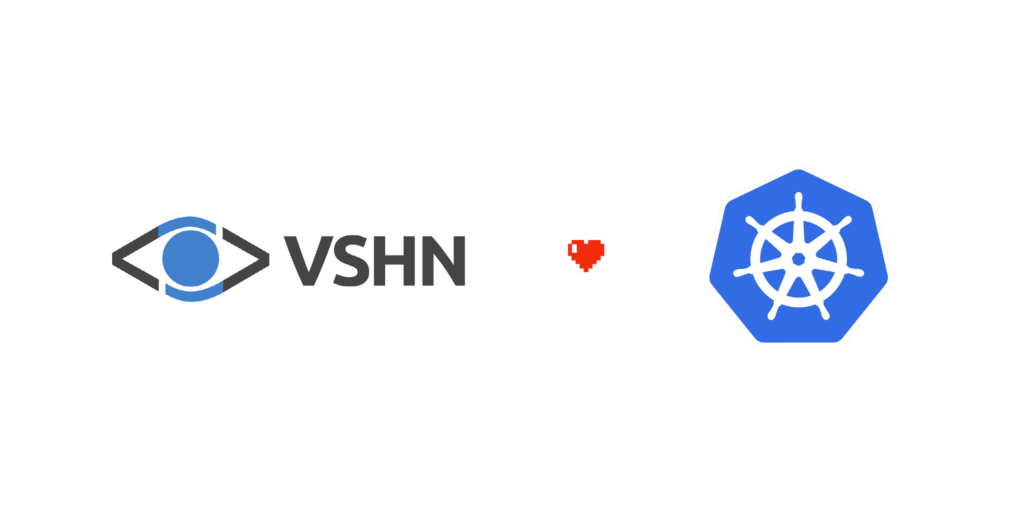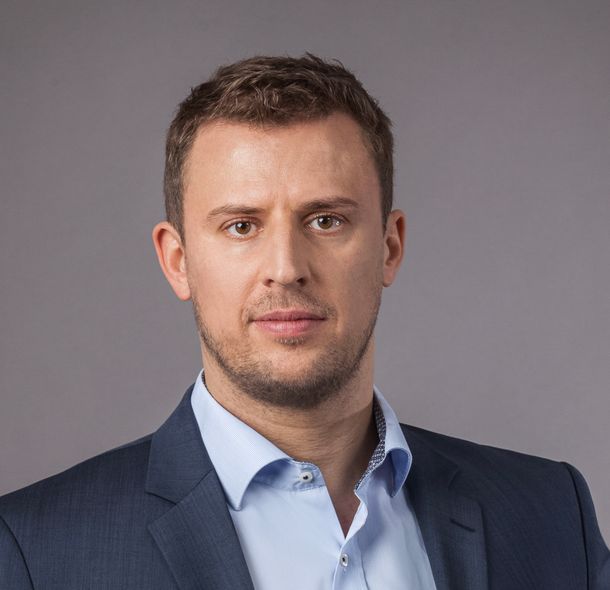VSHN year in review 2021



Just like in 2020, 2019, 2018, and 2017, here is our review of all the things that happened in VSHN during 2021!
We would like to start by thanking all of our VSHNeers for their hard work and support during the complicated times of last year, the second of a global pandemic that has had a deep impact in our transformation into a full remote organization, at least for the time being. And we would like to extend this big thank you to our partners, who have trusted us with their applications and infrastructure to keep them working 24/7 during these same complicated times.
Let’s begin our review!
Big News
We started 2021, the year of our 7th anniversary, with big news: Tobias Brunner and Markus Speth assumed the role of co-CEOs, and as part of their new leadership, they announced our Kubernetes-First Strategy, setting VSHN at the forefront of the Cloud Native industry.
We published our yearly DevOps in Switzerland study – you can download it here: DevOps Report 2021. (and you can take part in the DevOps in Switzerland Study 2022 if you can spare 5 mins).
And to celebrate, we inaugurated a new, faster, and more modern website in February!
New VSHNeers
In 2021, a record 13 new members joined our team, for a total of almost 50 VSHNeers; in order of arrival, they are: Adrian, Stephan, Sören, Virag, Fabian, Łukasz, Raphael, Ramón, Sebastian, Kathryn, Andrew, Robin, and Dawn. We are thrilled to have you on board!
Business Highlights
One of the most important business highlights of 2021 was our success in the OCRE tender, with which VSHN and Exoscale became selected cloud providers in the catalog for European universities and research institutions. We hosted a webinar for Restena.lu highlighting the major aspects of our collaboration with Exoscale, and another one about Quantum Computing together with ParityQC.
Another very important milestone was the successful completion of our ISAE 3402 Report Type 2, early this year.
Partnerships
2021 was a fruitful year in collaborations with our partners, old and new. Take a look!
Isovalent
We were thrilled to announce a partnership with Isovalent, the company behind Cilium, the Enterprise-class eBPF-powered Networking, Observability, and Security software, which was contributed to the CNCF as an incubation-level project in 2021.
SUSE
Following SUSE’s acquisition of Rancher in 2020 we have expanded our collaboration with them, and we produced together a series of webinars about The Rancher Advantage; an Introduction to Rancher and Kubernetes; and the most popular of them all, a Practical Introduction to K3s and are offering the Kubernetes Management For Dummies guide.
Red Hat
Following our great collaboration, Richard Zobrist, back then Head of Partners & Alliances Switzerland, now Country Manager Switzerland at Red Hat, published a very interesting guest post in our blog: The 5 Most Persistent Myths about Container Technologies.
F5 / NGINX
Together with F5, the company behind the NGINX suite of products, we hosted the second and third Zürich NGINX meetups, as well as a webinar about Integrating NGINX App Protect into DevOps Workflows with Git.
GitLab
Following GitLab’s ascendant success journey, as they join the stock market in New York City, we hosted our first and second GitLab Switzerland Meetups with great interest from the community.
Ergon / Airlock
Together with our friends at Ergon, we hosted a successful webinar with an Introduction to Airlock Microgateway 2.1 and published two interesting white papers: Toward DevSecOps and Zero Trust is a journey.
bespinian
We co-organized a GitOps Webinar Series together with our friends of bespinian: Part 1: Git, The Important Parts; Part 2: Infrastructure As Code; and Part 3: GitOps.
Crossplane
We are very glad to continue our collaboration with Crossplane, particularly as we continue our work on Project Syn.
On the Press
This year we were interviewed quite a few times in the specialist IT press: for example, Patrick Mathers was interviewed by startup.info; we made up places in this year’s edition of the ComputerWorld Top 500, ranking now in the 384th place this year; we are a Top Ten Open Source contributor according to various benchmarks; and finally we were interviewed in the French-speaking Cominmag podcast!
APPUiO
What a year for APPUiO 2021 was! Not only did we celebrate the first 5 years of our favorite container platform including an awesome video, we also announced the availability of APPUiO Cloud, our new Swiss-based NaaS (“Namespace as a Service”) based on OpenShift 4.
K8up
We couldn’t feel more proud and happier than seeing K8up, our Kubernetes backup operator, first maturing into version 1.0… and then joining the ranks of the CNCF as a sandbox project! Our journey with the CNCF began when we became members and we plan on continuing our great collaboration with them.
Project Syn
Have you seen the new Commodore Components Hub? As we continue our work on Project Syn, we found out that many others in the open source community were creating Commodore components, and we created a portal to show them all. Check it out!
VSHN HackDays
Speaking about the Commodore Components Hub, did you know that it is a direct product of the new VSHN HackDays initiative? Twice last year, during two days each in June and October, VSHNeers brainstormed and brought new ideas to life. Lots of innovations were born during those days, and we plan on hosting more of these HackDays in 2022!
Technical Blog Posts
Our VSHNeers have been busy at work and and writing about it; here’s a list of blog posts written by them about the various things we do in our day-to-day activities:
- Christian Cremer explained how to create diagrams with Draw.io.
- Manuel Hutter explained networking security in a series of three blog posts:
- Simon Gerber explained how he benchmarked Kubernetes storage solutions in one of the most widely read posts in our blog.
- Tobias Brunner wished Linux a Happy 30th Birthday!
- Adrian Kosmaczewski argues that your teams have already decided about using Microservices or not.
- And last but not least, Christian Häusler described the latest changes in OpenShift 4.9.
Events
The pandemic didn’t stop us from appearing in various events and conferences all over the world, and even organizing our own! Here’s a quick summary of the most important ones.
Conferences
- Tobias Brunner spoke at the Crossplane Community Day Europe 2021.
- Aarno Aukia and Adrian Kosmaczewski spoke at the Exoscale “The Future of Swiss Cloud” events, the first in Interlaken and the second in Geneva.
- Adrian Kosmaczewski spoke about reusing apps between teams and environments through containers at the WeAreDevelopers Live Containers Day.
- Adrian Kosmaczewski gave a speech at GIDS Live 2021 (happening online but originally from Bangalore, India) called “Managing Kubernetes Clusters as Cattle with Project Syn”.
- Patrick Mathers spoke at the IT Procurement Conference 2021 in Bern about the topic of DevOps and our involvement in the LINDAS project, the Linked Data Platform of the Swiss Federal Archives.
- Adrian Kosmaczewski also spoke (in French this time) about cloud computing at the MARKETING.21 event.
- VSHN was a sponsor of the DevOpsDays Winterthur 2021 and sponsor of the first-ever Swiss Cloud Native Day!
Cloud Native Computing Switzerland Meetup
We also organized and recorded three official CNC meetups this year:
Webinars
We organized plenty of webinars! For example, The State of DevOps and Cloud Infrastructure in 2021, an Introduction to Crossplane at VSHN, and much more, all available at our YouTube channel: VSHN.tv – subscribe, like and share!
Life at VSHN
But VSHN is much more than just technical news! Take a look at various blog posts showing our interests and expertise in various other fields:

































